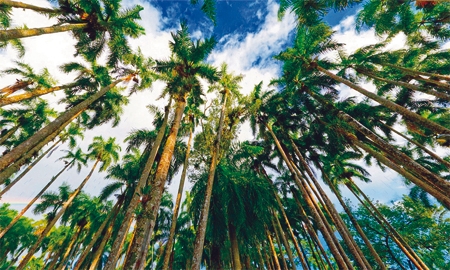The world’s largest protected rain forest is not in Brazil or Borneo as one might have thought, but is in fact firmly planted in Suriname. This is something that travel publications have recently cottoned on to, so much so that this sparsely populated nation has been anointed as one of the next best eco-tourism destinations on the planet.
Minister of Tourism, Transport and Communication Falisie Pinas reinforces this point: “Suriname is a very green nation and this gives us an advantage in the area of eco-tourism. People can enjoy various nature-related activities. It is your quintessential paradise with rolling forests and a healthy rainforest filled with a variety of flora and fauna.”
All one has to do is look at the Central Suriname Nature Reserve to see why the country is keen to market itself as the top spot for eco-tourism.
The nation’s forests have been protected rather than harvested and by doing this, Suriname is effectively gambling that the future will bring more than the current stream of green-minded tourists. Foengoe Island is where Conservation International has constructed a tourism compound with a traditional longhouse as its centerpiece.
As well as the tropical rain forests as an attraction, during the summer months the coastal areas of Suriname are visited by nesting sea turtles. These large creatures come ashore in a protected area known as the Galibi Nature Resort. The beach is accessible only by boat and its only inhabitants are native people who live a subsistence lifestyle in two local villages.
Suriname’s eco-tourism drive has also been helped along the way by STINASU, a nonprofit group that champions the country’s nature conservation as well as being one of the top eco-tourism operators in the country.

0 COMMENTS